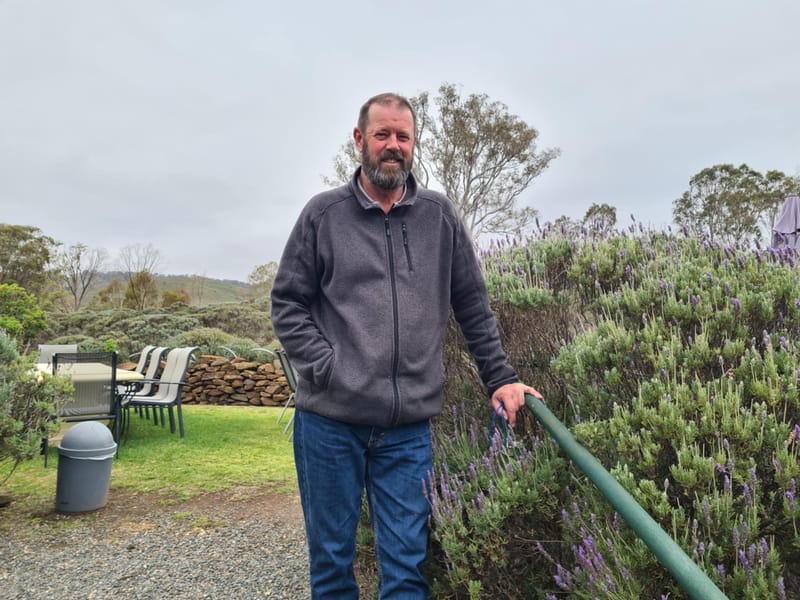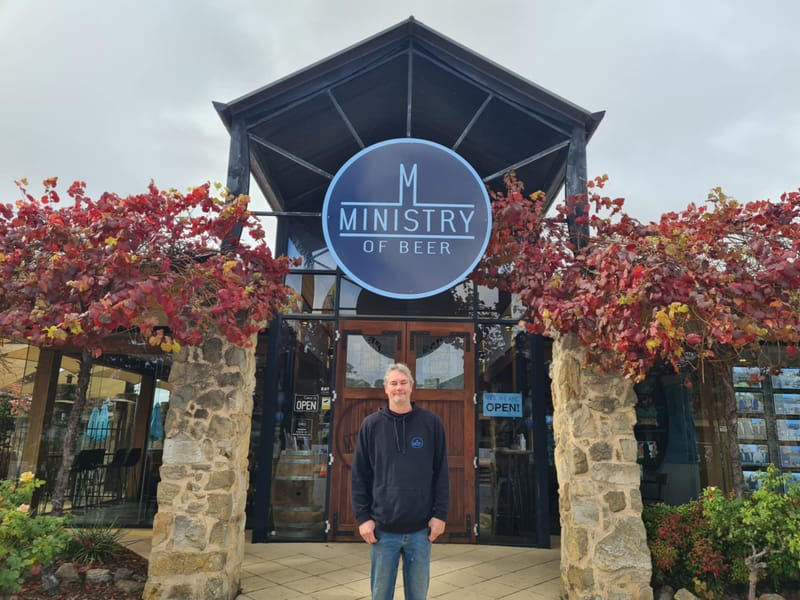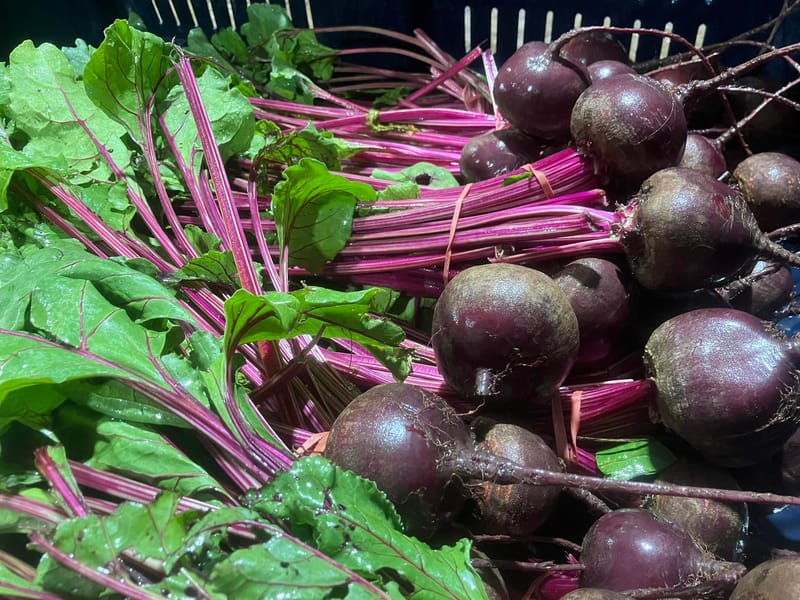Dear oh deer: pest problems continue costing primary producers
FERAL deer are continuing to cause headaches in primary production as efforts to control their numbers in the landscape ramp up under a state-wide strategic plan. In late 2023, the Department of Primary Industries and Regions (PIRSA) released its...

FERAL deer are continuing to cause headaches in primary production as efforts to control their numbers in the landscape ramp up under a state-wide strategic plan.
In late 2023, the Department of Primary Industries and Regions (PIRSA) released its updated 10-year Strategic Plan for the South Australian Feral Deer Eradication Program.
As the name suggests, the plan aims to eradicate feral deer from South Australia by 2032 to avoid a catastrophic impact on the state’s primary production economy.
Minister for Primary Industries and Regional Development Clare Scriven said the plan to eradicate feral deer was vital as the pest species cost South Australian producers around $36 million in the 21/22 financial year.
Ms Scriven said a BDO EconSearch analysis found that figure could balloon as far as $241 million a year by 2031 if feral deer were left unchecked.
“In 2022, there were an estimated 40,000 feral deer in South Australia, with an estimated 24,000 of these occurring on the Limestone Coast,” she said.
“Since May 2022, over 11,000 feral deer have been culled as part of the SA Feral Deer Eradication Program, with about 6,800 of these from the Limestone Coast region.
“Anecdotal reports from landholders in the areas where feral deer culls have been targeted are saying there are far fewer deer in the landscape compared with before the program started.”
According to modelling in the strategy, PIRSA wants to see a 38 to 55 per cent reduction in the feral deer population each year until 2032.

Ms Scriven said while the biggest population of feral deer was currently in the state’s south east, the numbers were getting to be a problem further north.
“There is a significant and expanding feral deer population in the mid-north, particularly around the Clare region, as well as in the southern Flinders Ranges,” she said.
“There were an estimated 5,000 feral deer in the Northern and Yorke landscape region in 2022, and this was estimated to increase to 36,000 by 2031 without the eradication program.
“A recent aerial cull at Buckland Park saw 373 feral deer removed from the area. More aerial culls are planned for the mid-north region in 2024.”
Northern and Yorke Lanscape Board (NYLB) general manager Tony Fox said primary producers up north had started seeing the impacts of those growing populations.
“Primary producers don’t like deer on their properties because they’re grazers, and they’re not harvestable from a primary production perspective – unless you’ve got a managed deer farm,” Mr Fox said.
“When they’re entering into a farming property, particularly a grazing property, they’ll be competing with the sheep for the grass – and deer eat a lot of grass.
“They ultimately are a risk as well, because if we, for example, have an outbreak of foot and mouth or Johne’s bovine disease, they’re potential vectors to carry that across the landscape.”

Mr Fox said they also had a significant impact on the efforts to boost biodiversity on primary production land.
“Many primary producers are embracing the diversity that retaining and valuing native vegetation contributes to ecosystems, and feral deer do damage that quite significantly,” he said.
“They selectively eat things, so if you’ve got a good diverse patch of vegetation, they’ve got their tastiest plants; just like roos do, they’ll continue to go back to those plants until they’re removed from the system.
“When their antlers are coming off, they just rub them so vigorously against young saplings and small trees that they strip the bark and basically kill the trees.”
He said the impacts of that were felt with fewer native pollinators and beneficial insects doing the work for farmers, along with decreased shelter belt effectiveness making erosion a concern.
With producers’ bottom lines on the line, there has been support across the board for tackling the feral deer problem.
In November 2023, Livestock SA showed support across the board for the strategy and chief executive Travis Tobin said at the time producers were already seeing benefits.
“Producers have already seen the benefits of the 2022 culling program with a reduction in feed competition from feral deer, which will become more evident as we likely enter drier seasons ahead,” he said.
“This investment into a coordinated approach represents a modest cost compared to the significant economic impact posed by the feral deer species on the industry.”






